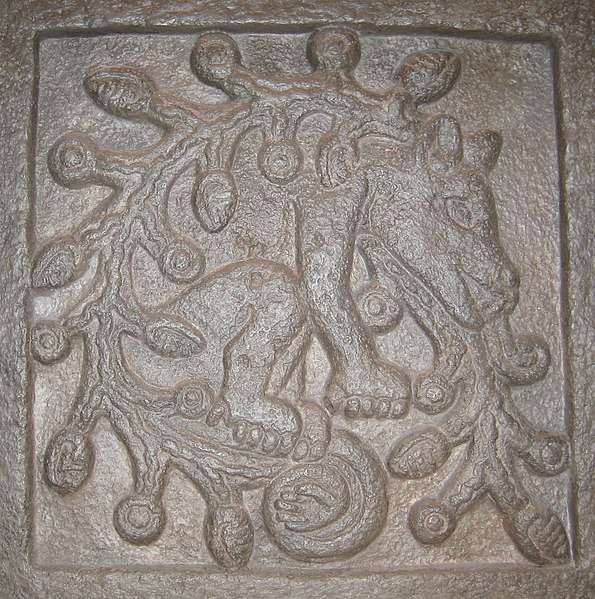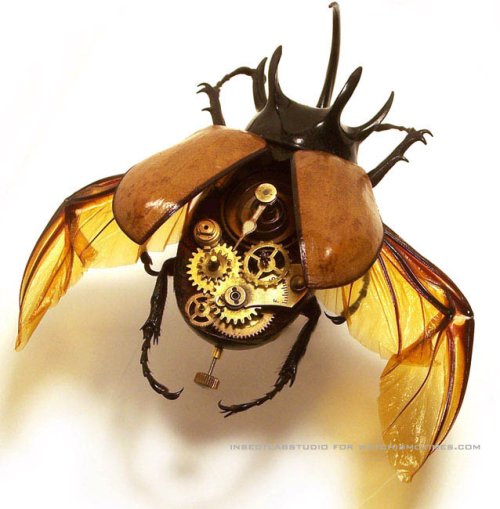I wanted to briefly touch on old age in Valley of Blue Snails. Old age really is only felt by Humans. Elves do not die natural deaths. Dwarves are usually quite healthy until the very end of their life. Halflings likewise sense the dread sickness and wander alone into the deep wilds to meet their doom. Human on the other hand grow sick, and slowly die over a period that could take months or years.
This is mostly a foreign concept among the other races. Non-humans treat the impaired, physically or mentally, as broken things. That is things to be cared for, but put in their place of disuse. Sort of like a broken toy to a child that lays in the chest forgotten. Most non-humans do not like to be reminded of frailty so they keep it out of sight. There are a few exceptions, notably those who still produce a valuable service, such as advice or wisdom.
For humans, old age is a family affair and the solely the families responsibility. Those without families are much worse off. Old vagrants simply live where they can; begging, thieving, catching rats and so forth. Few human realms offer any sort of funded aid for the old. Within large cities this is obvious. Old folks as well as children are very visible plucking around the streets aimlessly. The folk who are able to work are usually doing so. Non-humans find the plethora of old vagrants particularly unnerving in large human settlements.
Death

Death is slightly different in Valley of Blue Snails because of the role that spirits play. Flesh is fallible and is malleable, while on the other hand spirit is permanent and in not malleable. Men operate in a strange dichotomy since they have both. When one dies, this ends the flesh and only the spirit remains which from that point forward is an unchanging thing. Most spirits move beyond the world into the divine. Some however do not for a variety of reasons, and so most races devise traditions and rituals to prevent a spirit from lingering in the world. Various customs are involved to protect the spirit and protect the living around it:
- The Elves buried their women, but suspended their men from trees. There is no clear reason why this is so. Elves do not die naturally and very rarely from disease or other contagion. Most Elves die through war, accident or intentional acts that lead to their death.
- Halflings believe anyone who touched a dead body would be powerless in ‘mind, tongue, and hand’. This paralysis can be inflicted by the evil spirits which were associated with the dead body. Most Halflings loath to touch the dead because of this and so their slave usually handle and bury the dead (sometimes the slaves along with them). Halfling prescience will sometimes allow them to predict their own death. When this occurs they simply wander off alone into the wilds never to be seen again.
- Humans bury their men with their faces to the North and their women with their faces to the South. Small sacrifices are usually placed with the body, both by family friends and foes (who fear the spirit may return to terror them). More primitive humans will simply let the dead rot where they lay and flee in fear. Cemation is rare but not unheard of.
- Dwarves will mixed the ashes of their beloved with mead and drink it. This is said to allow the spirits to recognize they are dead and move along. Dwarves also ring bronze chimes that are said to incite terror in spirits.
This does not always succeed in placating spirits and they may linger to haunt, terror or even kill. This is very dependent on the person’s life, personality and how they died. War, murder, and a host of other heinous crimes will often breed hateful spirits to tread the world. This is one reason why most races have laws in regards to foul play, deviant behavior, or crimes that could eventually allow such a thing to happen.
Death of PCs
Death for the PCs (or PC) is a bit of a conundrum in Valley of Blue Snails. If you have only one player then death ends the campaign and a lot of work along with it. Sure you can start over, but it is a lot more punishing when its all of the PCs instead of one of six PCs. Because of this I made PCs a bit more durable with allowing multi-classing and slightly better stats. I also removed save or die scenarios which I never liked anyhow. I plan to use npcs to bolster the ranks and I also plan on being more lenient on raising dead*. Still the sting of death has a good chance to show up and even with some DM fiat, things would just end. Don’t get me wrong, the PCs should feel the risk but there needs to some practicality too.
I remember an old NES game called Romance of the Three Kingdoms where PCs intentionally had large families with children so that the game could continue when the main PC died. This worked pretty well for the game in my opinion. It went so far that if your PC ignored your kids, when your kids took over they were freaking worthless mongers that would doom your game. On the other hand if you paid attention to your kids, trained them and so forth, they became worthy heirs. In some cases better than their progenitors.
So, a noble goal but hard to pull off in D&D and I will have to mull it over more. Dark Sun had character trees but the concept seemed silly to me. Something like, ‘our world is so deadly, you are likely to go through 4 characters a session!’. I am sure other games have something similar though off hand nothing comes to mind. Allowing a designated set of potential alternates of npcs whom the PC trusts seems doable though. Perhaps someone whom the PC kept up to date with, told his tales too, and likewise trusted. Old henchmen is a good idea as are followers. Children to some extent too, but that is very dependent on if the PC wanted to get into that sort of thing. It would be interesting to have the PCs plans and actions effect these alternates in a meaninful way as well. I'm not sure if any of that will happen. I suppose I will just have to see how the game goes and keep it in the back of my mind.
* Raising dead is usually very rare in my games, but another article for a later time. I will probably be allowing it, but also allow for things to go very wrong (Kadorto!). Indeed, a ritual that could led to some very nasty spirits indeed. Speaking of which, I will be going more into the malign spirits at a later date as well.













